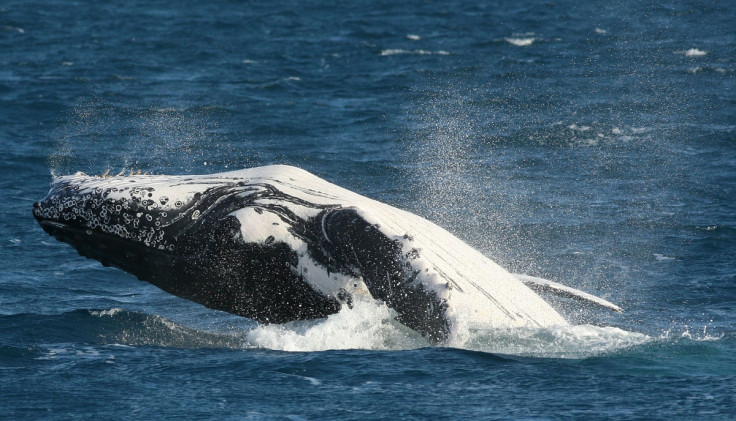10,000 whales mysteriously disappear in Pacific: Hawaii's humpback whale season fails

The start of humpback whale season in the Hawaiian Islands has taken an unexpected turn as very few whales appear to be found at all. The season usually begins in November and ends in May, but the usual 10,000 migratory whales have been slow to return this year.
The whales usually migrate south from the west coast of Canada and Alaska, travelling at speeds up to seven miles per hour. Scientists speculate that their disappearance may be as a result of growing populations, or the huge El Niño event currently taking place in the Pacific Ocean.
"What I'm seeing out there right now I would have expected a month ago," said Ed Lyman, marine biologist in Maui. "We've just seen a handful of whales. This isn't a concern, but it's of interest. One theory was that something like this happened as whales increased. It's a product of their success."
Lyman suggests the disappearance of the whales could be due to increased population numbers. As there is more competition for food, the whales need to spend longer searching for food to fuel their migration.
He explained: "With more animals, they're competing against each other for that food resource, and it takes an energy of reserve to make that long migration over 2,000 miles."
Similarly, this year's El Niño is one of the biggest we have ever seen, which means the temperature of the Pacific Ocean has increased dramatically. This changing temperature will also change migration patterns of the whale's prey, therefore changing theirs too.
The humpback whales tend to migrate in groups of three or four, to mate around the Hawaiian Islands. More than 10,000 of the giants are usually present, but we will not know how much they have decreased by until the annual whale count at end of January 2016.
Humpback whales can reach 45 feet from head to fin; that is about half of a football pitch. They can also grow to 50 tonnes. That is the equivalent to more than nine African elephants.
© Copyright IBTimes 2025. All rights reserved.






















